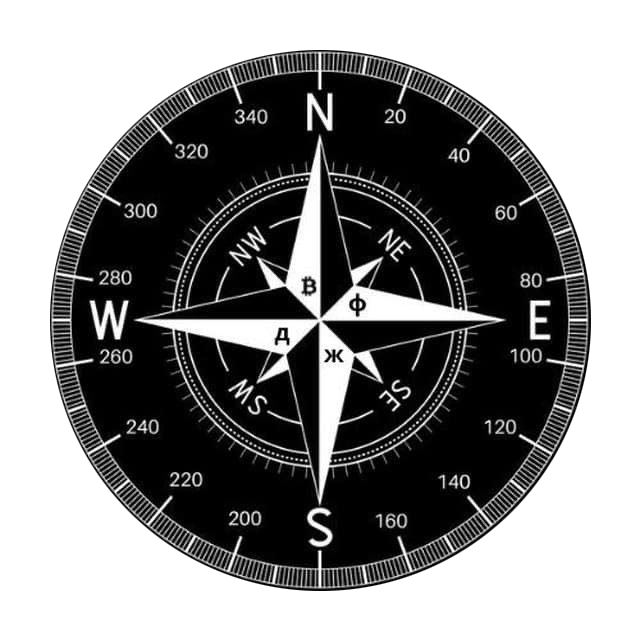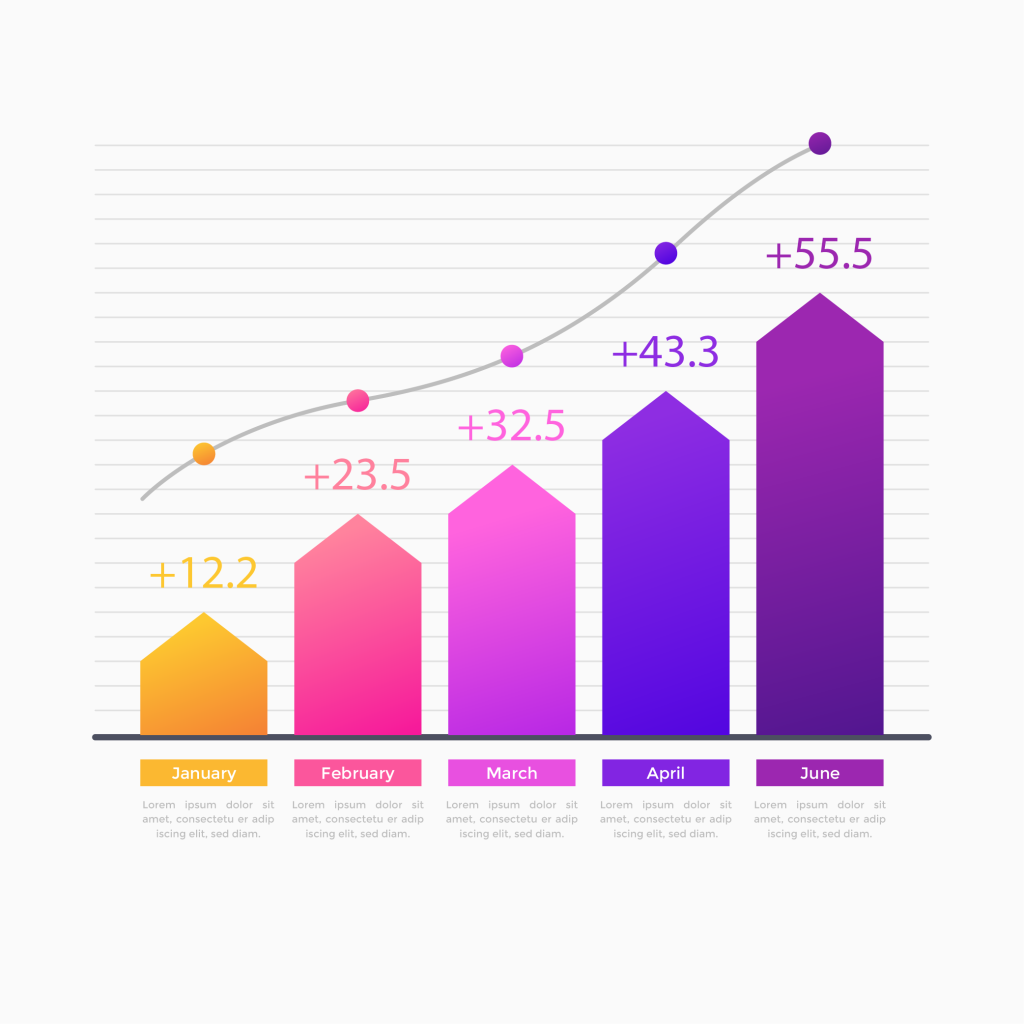There are several different time frames that traders may use when making trades in the cryptocurrency market:
1) Day trading: This involves buying and selling positions within the same trading day, taking advantage of short-term price fluctuations.
2) Swing trading: This involves holding positions for a few days to a few weeks, taking advantage of intermediate-term price movements.
3) Position trading: This involves holding positions for an extended period of time, potentially several months or even years, and taking advantage of long-term trends.
4) Scalping: This involves making a large number of trades over a short period of time, typically a few minutes to a few hours, in an attempt to profit from small price movements.
5) Trend following: This involves identifying a trend in the market and holding a position in the direction of the trend until it changes.
6) Range trading: This involves buying at the bottom of a price range and selling at the top of the range, or vice versa.
7) Mean reversion: This involves buying an asset that is undervalued relative to its historical average price, or selling an asset that is overvalued relative to its historical average price.
8) Momentum trading: This involves buying assets that are showing strong price momentum and selling assets that are losing momentum.
9) News trading: This involves making trades based on the release of market-moving news or events.
Each of these time frames and approaches can be considered a different trading style, and traders may choose to focus on one or several of these styles depending on their goals, risk tolerance, and preferences.
There are many indicators that traders can use in the crypto market, some of the most popular ones include: 1) Moving averages: These show the average price of a cryptocurrency over a certain time period, and can help traders identify trends and potential
There are many indicators that traders can use in the crypto market, some of the most popular ones include:
1) Moving averages: These show the average price of a cryptocurrency over a certain time period, and can help traders identify trends and potential entry and exit points.
2) Bollinger bands: These show the volatility of a cryptocurrency, and can help traders identify when the price is likely to break out of a range.
3) Relative strength index (RSI): This shows the strength of a trend, and can help traders identify overbought and oversold conditions.
4) Stochastic oscillator: This shows the momentum of a cryptocurrency, and can help traders identify potential entry and exit points.
5) MACD: This shows the relationship between two moving averages, and can help traders identify trends and potential entry and exit points.
It's important to note that no single indicator is perfect, and it's often best to use a combination of indicators to get a more complete picture of the market. It's also important to keep in mind that indicators should be used as part of a larger trading strategy, rather than relying on them too heavily.








